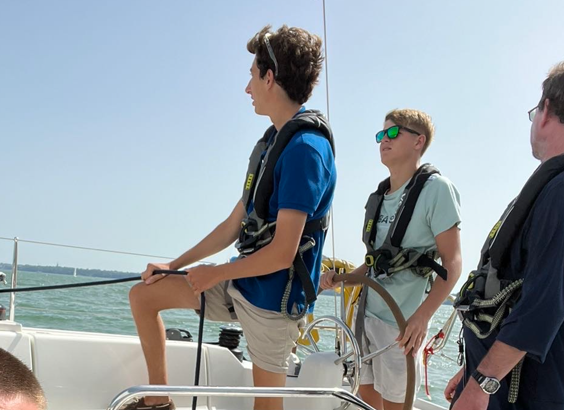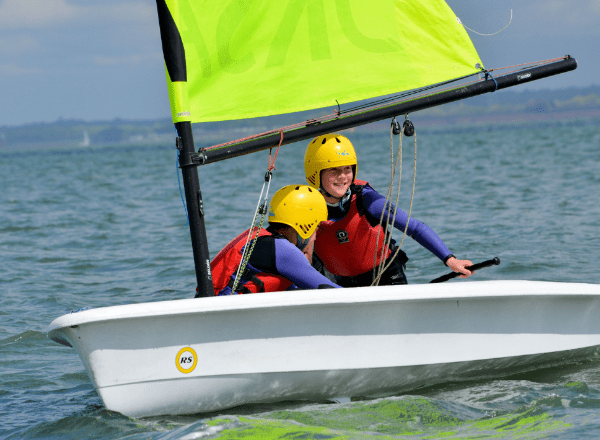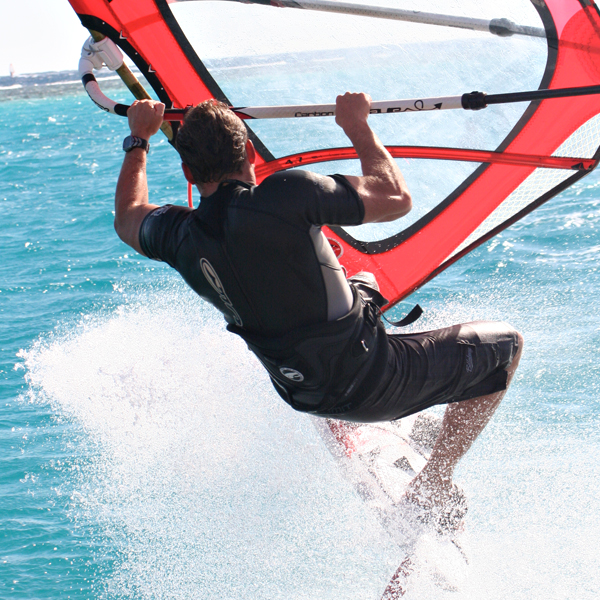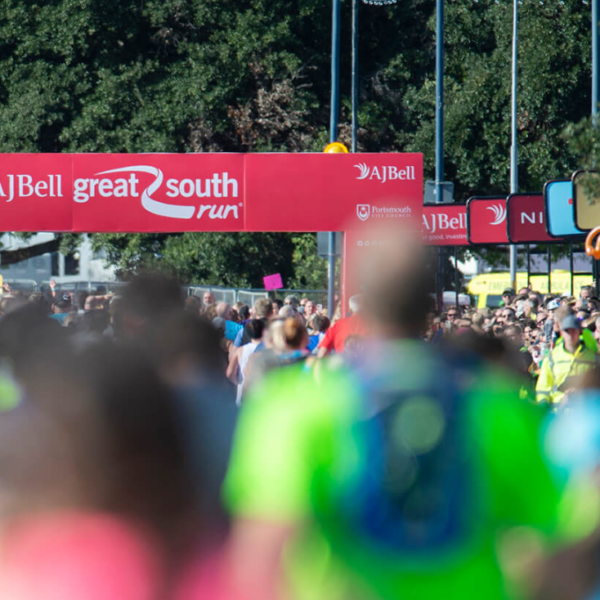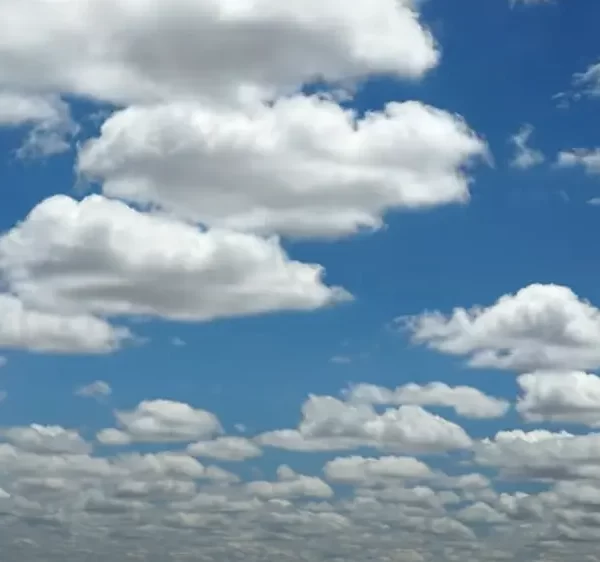How to become a certified kayak instructor
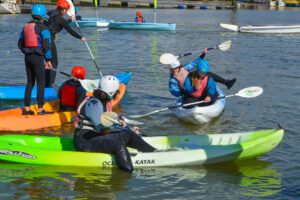
You’ve now logged several hours of time gliding on the calm waters, learning how to paddle, and enjoying the independence that comes with kayaking. You’re thinking of going one step further with your enthusiasm and earning your certification as a kayak instructor. We’ll go over the whats, whys, and hows of starting this thrilling journey in this all-inclusive book.
Why to become a kayak instructor?
It takes more than just sharing your passion for kayaking to become a kayak instructor—it takes inspiring others to share your enthusiasm. Imagine being the inspiration behind someone’s newfound adventure, the one to help them overcome their early anxieties, and the one to spark their first swim strokes.
Being a kayak instructor opens up a universe of opportunities in addition to the intrinsic joys. It enables you to share your knowledge, become fully involved in a group of people who share your interests, and even make your passion your career. Witnessing your pupils advance, overcome obstacles, and get a profound understanding of the sport brings you unmatched joy.
What qualifications do you need to be a kayaking instructor?
A mix of abilities, know-how, and credentials are needed to become a certified kayak instructor. Below is a summary of the necessary qualifications:
- Firm Kayaking Foundation: Make sure you have a solid kayaking foundation before stepping foot in the world of coaching. Prerequisites include a thorough awareness of various kayak types, rescue tactics, and proficiency with both basic and advanced paddling techniques.
- Become Certified: Look for recognised paddlesports associations that provide teacher certification programmes. Techniques for assessment, safety procedures, and instruction are covered in these courses. Prominent associations are the British Canoeing and the American Canoe Association (ACA).
- First Aid and CPR Certification: Being prepared for emergencies is essential for instructors teaching kayaking, as safety is of utmost importance. Get certified in cardiopulmonary resuscitation (CPR) and first aid to make sure you know how to react quickly in an emergency.
- Teaching Experience: Although it’s not required, having some teaching experience might help you become more confident and improve your teaching abilities. You can obtain this experience by volunteering or helping more seasoned teachers.
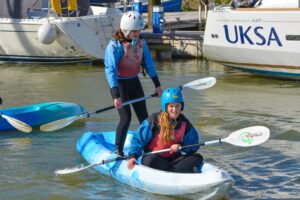
Steps to become a kayak instructor
Now that you are aware of the prerequisites, let’s go over the specific steps involved in becoming a certified kayak instructor.
1. Evaluate Your Skills:
Make a sincere assessment of your kayaking abilities. Determine any areas that could use work, then set aside time to hone your skills in those areas. Students get trust from an educator who exudes confidence and skill.
2. Research Certification Programs:
Look into certification courses provided by reliable institutions. Examine each course’s requirements, duration, and content. Choose a programme that fits both your schedule and your ambitions.
3. Sign Up for a Certification Course:
After deciding on a certification programme, sign up for the course. These courses usually mix classroom learning with hands-on training in the water. Prepare to present your abilities and take in the instructional theory
4. Finish First Aid and CPR Training:
Attend a first aid and CPR course concurrently. These qualifications are essential for protecting your safety and the safety of your students, and many paddlesports certification programmes demand them.
5. Get Teaching Experience:
Look for opportunities to teach while you’re still pursuing your certification. Offer your assistance to seasoned watersports instructors or volunteer at nearby canoeing events. Having this practical experience can boost your self-assurance and efficacy as a teacher.
6. Pass Certification Exams:
All theoretical and practical tests necessary for certification must be passed with success. This could entail giving a mock class, proving your paddling prowess, and passing written tests.
7. Maintain the Certification:
After obtaining your certification, keep involved in the kayaking community, take advantage of chances for continuing education, and fulfil any obligations you may have about your instructor certification.
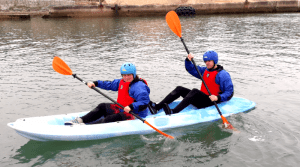
Becoming a Kayak instructor FAQs
How much kayaking experience do I need before becoming an instructor?
A strong foundation in kayaking is necessary, but there is no minimum or maximum amount of hours needed. For the most part, certification programmes require several years of consistent paddling experience.
Are there age restrictions for becoming a kayak instructor?
While each certification programme may have different age restrictions, many organisations need its instructors to be at least 18 years old. This guarantees the degree of responsibility and maturity required for teaching.
How much do kayak instructors get paid UK?
Kayak instructors’ pay might vary depending on a number of criteria, including location, level of expertise, and kind of lesson offered. In the UK, instructors often make between £15 and £30 per hour.
How long does it take to become a certified kayak instructor?
Depending on the certification programme, the length varies. While some intensive courses are stretched out over multiple weekends, others can be finished in a single week. Selecting a programme that works with your schedule and learning preferences is crucial.
How do I gain practical teaching experience as a kayak instructor?
Gaining real-world teaching experience can be accomplished through volunteering, helping out seasoned teachers, or even setting up unofficial paddling clubs. Putting together a portfolio of your classroom experiences will help you look more credible.
Paddlesports instructor course at UKSA
If you’re looking for thorough paddlesports teacher training in the UK, have a look at what the United Kingdom Sailing Academy (UKSA) has to offer. Their courses give prospective teachers a strong foundation in a variety of subjects, including kayaking. For information about forthcoming courses and prerequisites, see our Watersports instructor course page.
Latest posts
